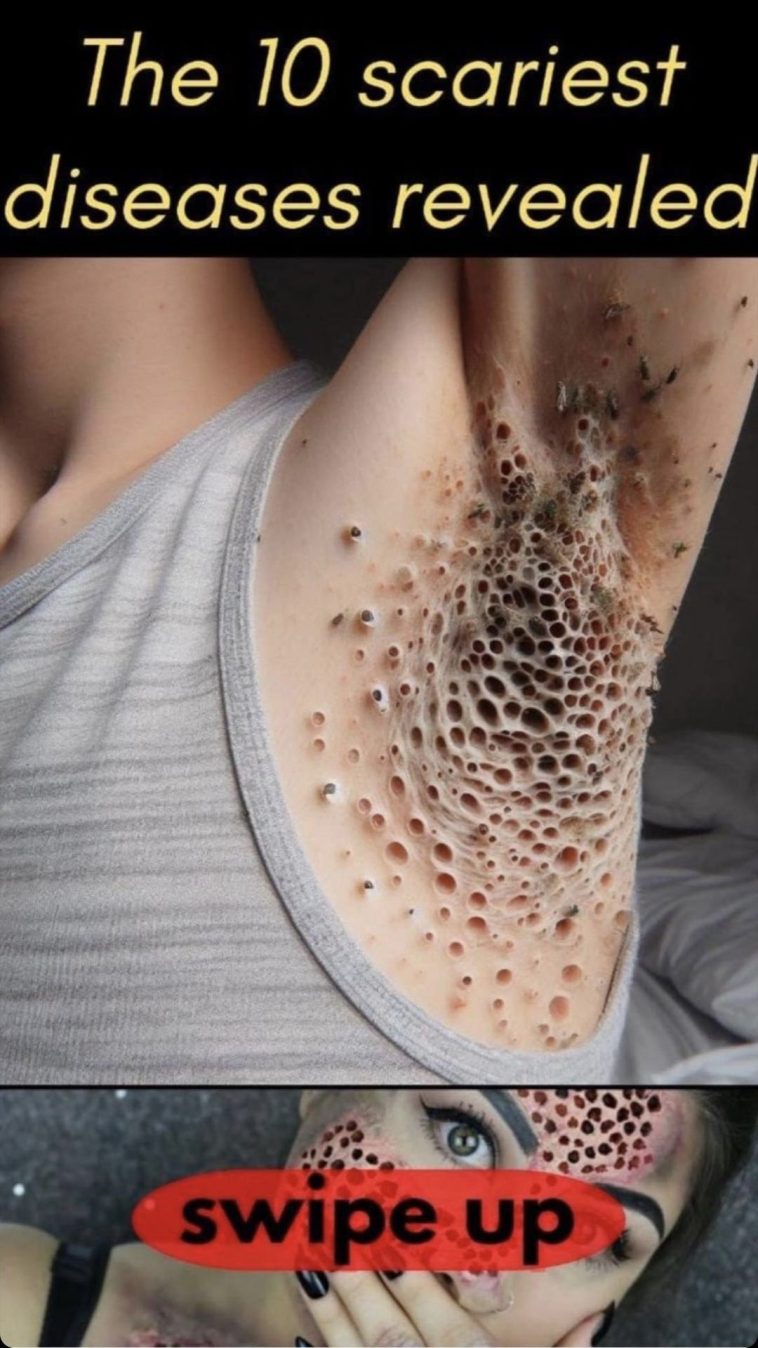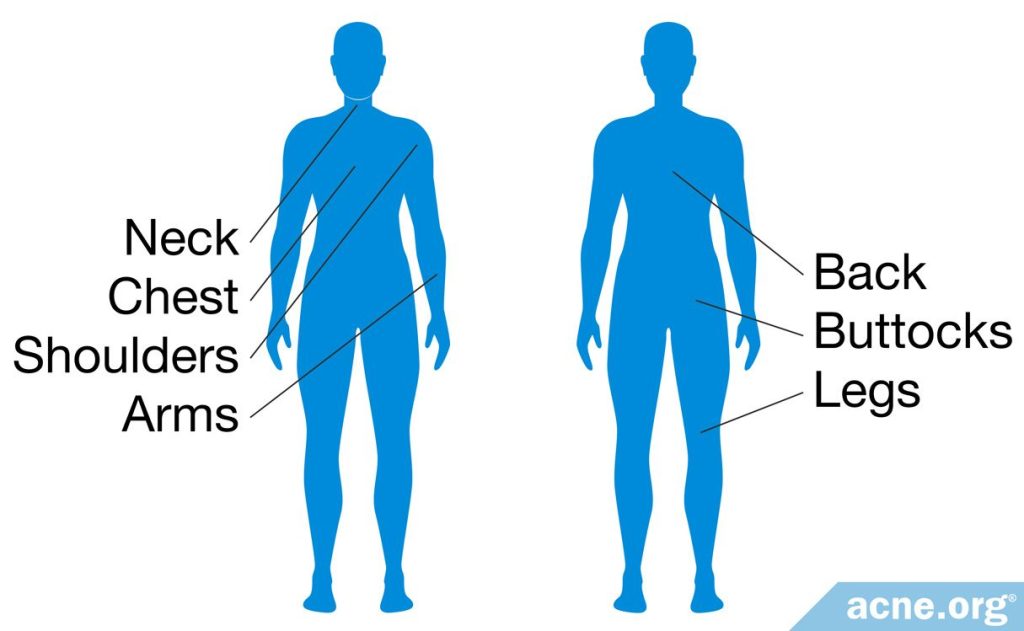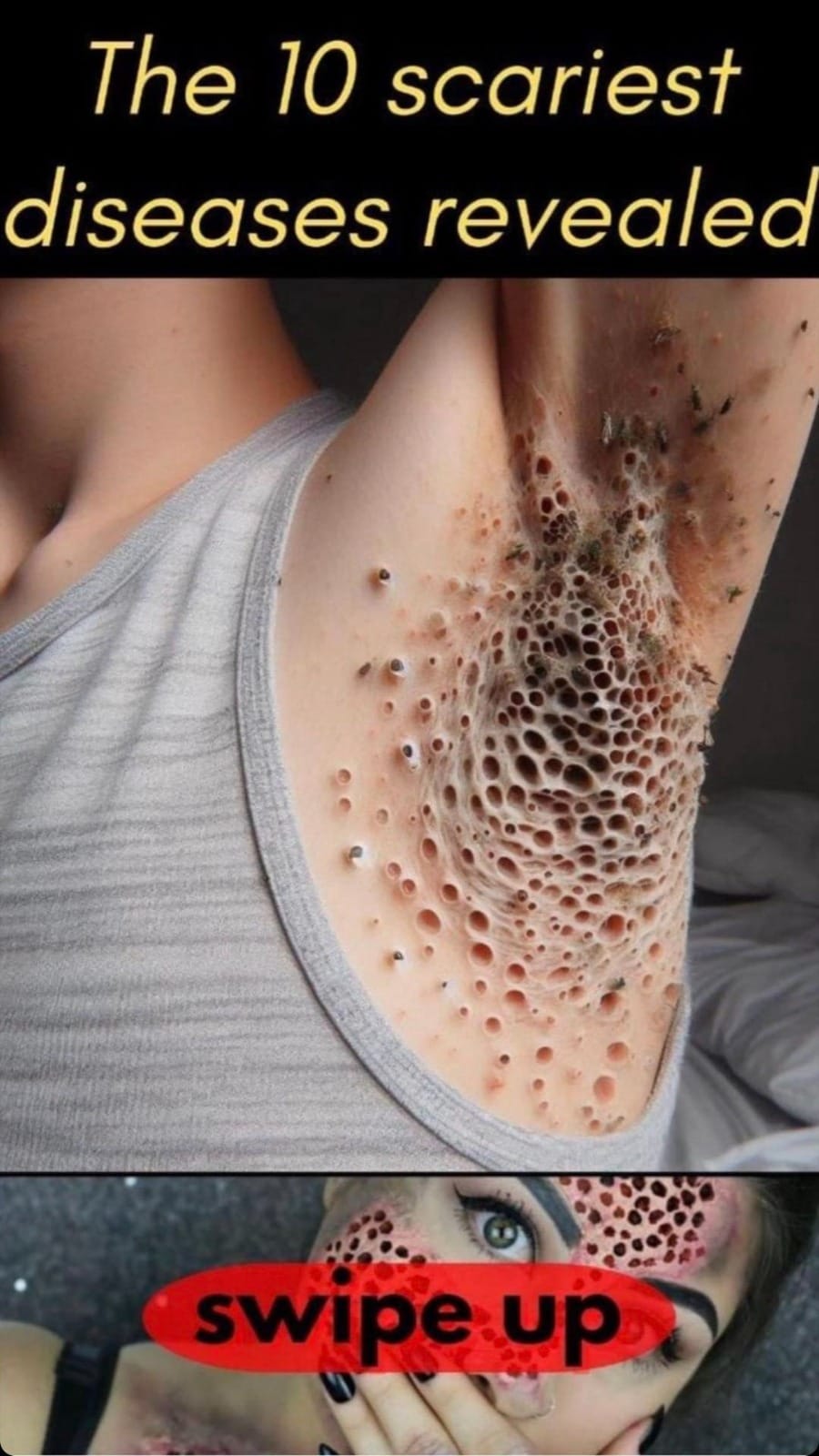
Acne is one of the predominant chronic skin diseases in the world. Up to 9.4% of the global population have developed it at some point in their lives. This condition can take on many forms, from mild cases to severe inflammation and cyst formation. To a certain extent, all types of acne involve blockage or inflammation of pilosebaceous units, which are the hair follicles we have all over our bodies.
In America, over 50 million people have to deal with acne every year. Yet, only 5.1 million of them seek dermatological treatment. The frequency of acne in adults, including body acne, has seen a dramatic increase since 2013. Nearly 15% of those who have this skin condition are women.

What Causes Body Acne?
Some studies associate the presence of body acne with specific lifestyle choices. The severity of the condition can vary depending on:
Age
Dietary habits
Stress levels
Sleeping patterns
Weight
Drug and alcohol consumption
Genetic predisposition
Menstrual cycle regularity
Most people who develop acne do so in their teenage years, but people between the ages of 21 and 25 who have oily skin also have a high chance of developing acne. Body acne is typically not a significant health threat. However, it often serves as a starting point for low self-esteem, anxiety, and depression.
Types of Body Acne
Acne mechanica. It’s common for people to get body acne from constant contact with their sports equipment. The official name for this condition is acne mechanica. It happens when your workout gear traps sweat on your skin as you train. The friction and heat produced may cause your skin to become increasingly irritated, leading to rashes and spots.
Breakout locations for acne mechanica depend on the equipment being used. For example, an athlete who uses helmets, like a cyclist or a football player, might develop pimples on their forehead, scalp, neck, and chin. Hikers might get acne on their shoulders and backs from carrying heavy backpacks. Dancers and gymnasts can get it on their backs and chests from wearing synthetic fabrics for prolonged periods.
The main symptoms of acne mechanica vary from tiny colorless bumps on the skin to deep, painful cysts. The good news is that it often clears up after approximately six weeks of treatment.
Acne cosmetica. Some hair products might clog your pores and cause acne on your hairline and the back of your neck. Depending on the length of your hair, this problem might extend to your back, shoulders, and chest.
Dermatologists refer to this condition as acne cosmetica. Since many shampoos, conditioners, and styling products contain oils and silicones, they can easily cause bumps and whiteheads. Discontinuing the use of whatever product is causing the breakouts is usually the best remedy for this type of body acne.
Other causes of body acne. Poor hygiene and excessive sweating may cause your skin to act out as well. While sweating can clear up your pores, the presence of dirt, oil, and dead cells blocking them may cause you to develop body acne. Cleaning your skin regularly is the best way to remedy this.
Sun exposure can also be the culprit for body acne. When you get sunburnt, your skin dries out. As a result, your body overcompensates by producing more oil, which can clog your pores and cause acne on the affected areas.

How to Treat and Prevent Body Acne
You can use many methods to clear up mild body acne without the need for dermatological treatment. Once you’ve identified the primary cause for your breakouts, you can opt for any of these acne-clearing techniques.
Stop using cosmetic products that clog your pores. Take a look at the hair and body products you’re regularly using. Cut down on those that contain:
Oils
Waxes
Silicones
Instead, choose grooming products that state on the label that they are non-comedogenic or non-acnegenic.
Do your laundry more often. Cosmetic products, sweat, and dead skin cells might remain on clothes and other fabrics if you don’t wash them regularly. Make sure to keep the following items clean:
Pillowcases
Bedsheets
Caps and hats
Headbands and visors
Sportswear
Sports gear
Avoid acne mechanica. Having bump-free skin while continuing to play sports is doable. All you have to do is pay more attention to certain details. Make sure to:
Use padding to avoid friction caused by sports gear.
Use clothes with dry-fit technology.
Choose loose-fitting sportswear when possible.
Avoid sharing your protective gear.
Put on clean clothes more often.
Wipe down communal workout equipment.
Beware of the sun. Make sure to apply plenty of sunscreen throughout the day if you’re planning on being outside. Look for an oil-free option that has the following characteristics:
Non-comedogenic
Broad-spectrum with SPF 30+
Keep your skin fresh and clean. Shower regularly, especially if you’ve been wearing heavy products or you’ve been sweating a lot. Use a mild cleanser that’s not too drying, but make sure it has non-comedogenic ingredients. Be gentle with your skin while washing, and pat it dry with a clean towel. If you can’t freshen up right after a workout, make sure to at least change into clean dry clothes.
When to See a Dermatologist
Sometimes your body acne won’t go away on its own. If your skin is still bumpy even after following the measures above for weeks, it’s time to seek medical advice. Your dermatologist might ask you to buy over-the-counter products with salicylic acid or benzoyl peroxide. These topical treatments require no prescription and are highly effective at treating body acne.


